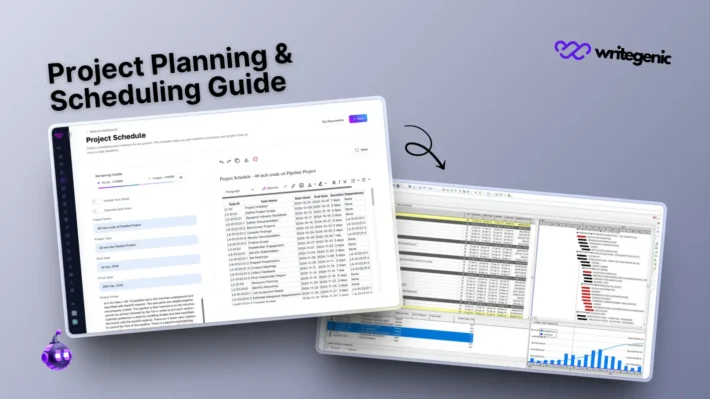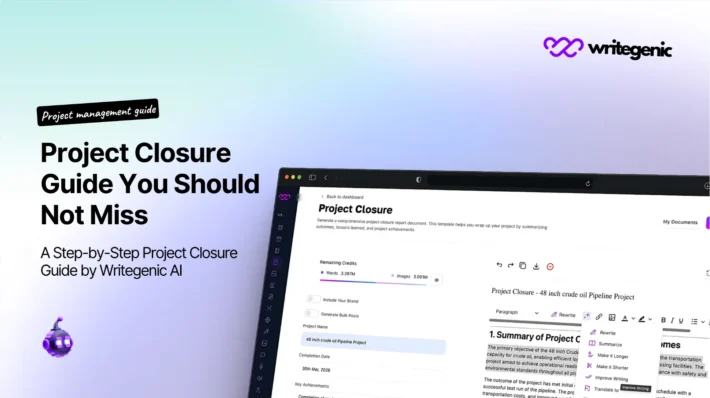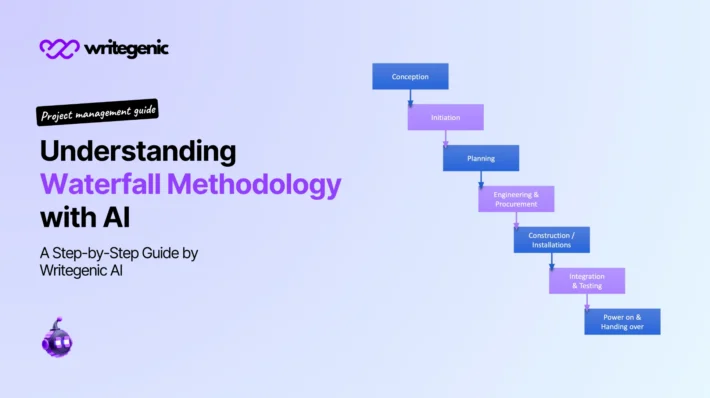Project Management Report: Tips, Examples & Best Practices
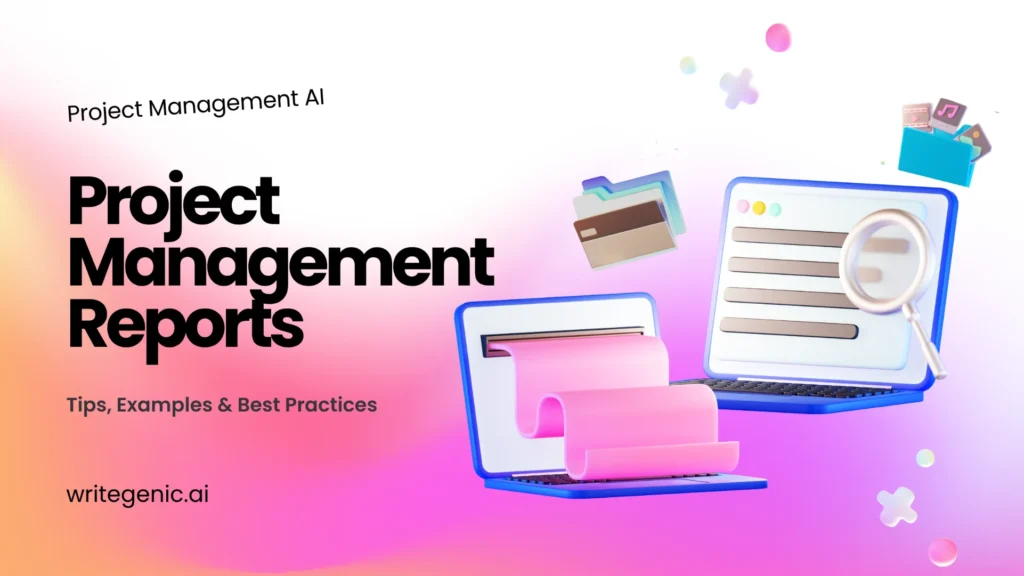
A project management report is a critical resource to monitor the progress made, ensure transparency, and have all stakeholders in the same direction across the project lifecycle. Be it a small company or you have a large organization; proper, frequent reports will keep all the people on the same track, and also any risks are tackled on time; goals are met, and no one is in the dark.
Within this ultimate guide, we will learn more about what a project management report can be, what are the key elements of a report, what types of reports there exist and how one can write an effective report. Your knowledge scope will also entail learning about format, tools and templates which will make your project management reporting process easier.
Table of Contents
What Is a Project Management Report?
Project management report is a report which is regarded as a historical document which offers an overview at any one moment of a particular project. It has information about the goal progress, budget revision, time management, as well as risks and the team performance.
The most important use of it is to send relevant project information to stakeholders such as the project sponsors, the project team members and the senior management users so that they make informed decisions. This reporting practice makes it transparent, accountable and quickly responds when required.
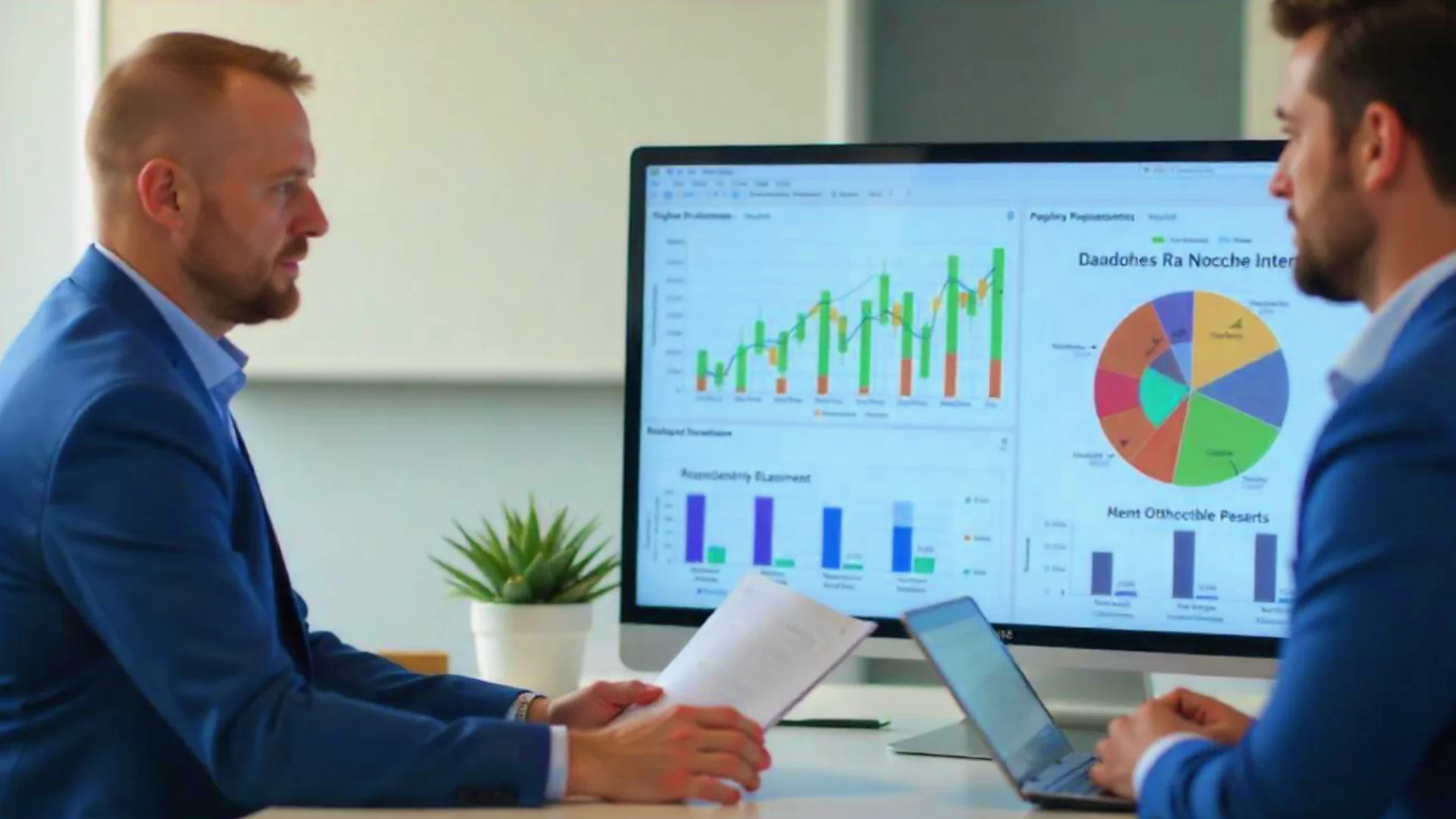
Key Components of a Project Management Report
To build a clear and balanced report, it is advisable to take into consideration the following aspects:
1. Project Objectives
Repeat the project objectives so that people understand the context of the changes.
2. Timeline and Milestones
Monitor major milestones, deliverables and the pace at which the team is. Indicate the current progress visually using Gantt charts or milestone checklists.
3. Budget Overview
Compare planned and actual expenditure. Point out any variance in budget and reasons for that variance.
4. Resource Allocation
Describe the utilisation of human and material resources. Are the resources used too much or not used enough?
5. Risks and Issues
Determine known risk in the project, status and mitigation plans. It is also to mention any critical problems encountered in the reporting period.
6. Performance Metrics (KPIs)
Performance should be monitored using quantifiable measures such as level of task completion, cost control, and milestones.
7. Summary and Recommendations
Summarise what has been covered and suggested next steps or recommendations in delivering the project.
Project Management Report Format
A professional project management report format enhances clarity and allows for faster decision-making. Here’s a general structure:
- Cover Page: Include the project name, report date, and author.
- Table of Contents: Especially for long reports.
- Executive Summary: A brief overview for senior stakeholders.
- Project Status Sections: Divide into key elements such as budget, timeline, and risks.
- Visual Aids: Integrate charts, graphs, or tables to summarize complex data.
- Conclusion & Action Plan: Focus on what’s next, including decisions required from stakeholders.
Keep formatting consistent across all reports to build familiarity and ease of reading.
Types of Project Management Reporting
Various stages and audiences involve different forms of reports. These are some of the common ones:
1. Status Reports
They are progress reports sent once every week or two regarding any progress, the risks, and other pending matters.
2. Progress Reports
Give a more in-depth overview of what has been achieved and what was planned over a more prolonged period of time.
3. Executive Reports
It is targeted to the top stakeholders who require strategic updates but not the details.
4. Risk Reports
Intended to find and evaluate possible risks and prevent them.
5. Issue Reports
Monitor problem areas that are not attended at the moment and that can affect the project success.

How to Write a Project Report: Step-by-Step Guide
The task of writing a successful project report is not simply capturing tasks. The following is an easy follow process:
Step 1: Define the Report’s Purpose
Be aware of the readers of a report, and decisions they have to arrive at.
Step 2: Collect Relevant Data
Collect the correct data through the project management tools, team updates and analytics.
Step 3: Organize Content Logically
Put things related in Groups under correct headings. First, give priority to the most important.
Step 4: Visualize Information
Make the data easier to consume by using graphics such as charts, dashboards and bullet points.
Step 5: Review and Revise
Check for mistakes and make sure that the tone caters to the audience. Make it short and formal.
You can create project reports using Writegenic AI within 5 minutes.
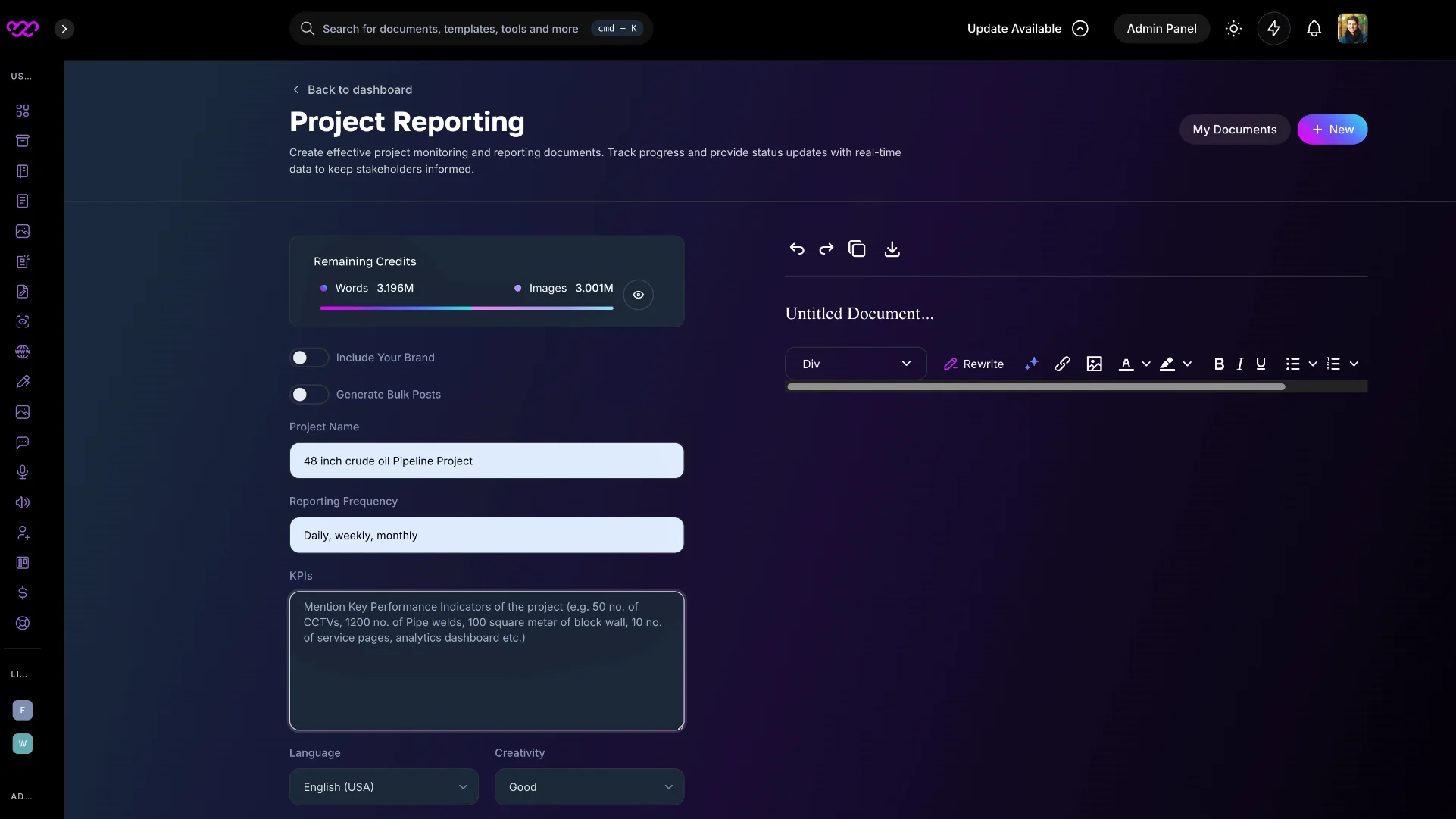
Best Practices for Effective Project Management Reporting
Best practices include the following in order to make your reports actionable and influential:
1. Stay Consistent
Make all reports have an identical format to create familiarity among stakeholders.
2. Customize for the Audience
Technical details are not important to the top management so do not overwhelm them.
3. Keep It Concise
Don not use long paragraphs. Be clear and concise.
4. Use Project Management Tools
Real-time data and visual reports are produced with the automated help of Asana, Trello, or Microsoft Project.
5. Be Transparent
Problems should not be hidden, rather spoken of and solutions or mitigation measures given.
Tools and Templates to Simplify Reporting
Proper tools that are used may save some time and may also make things more accurate. The following are some of the solutions recommended:
- Microsoft Project – Great for detailed reporting and scheduling
- ClickUp or Monday.com – Easy-to-use platforms with templates
- Asana – Offers timeline and workload views
- Google Docs/Sheets – Simple, customizable templates for manual reports
- Writegenic AI – Instantly generate well-structured project reports using AI.
Conclusion
The successful project management report does not merely include an enumeration of the items; it is an opportunity to realize the insightful information that leads to intelligent decisions. Having a good project management report format, well-outlined structure, and summarized updates, your reports will become your assets that will help the project to succeed.
If you find yourself just starting work in project reporting or if you want to enhance your system, this guide helps you achieve reports that inform, align and propel your project forward.
FAQs
What is the standard format of a project management report?
A standard format includes a cover page, executive summary, sections on budget, timeline, risks, and performance metrics, plus visual aids and a conclusion.
What should be included in a project management report format?
A typical project management report format includes the project title, objectives, progress updates, milestones, budget overview, risks, and next steps. It may also contain charts or visuals for better clarity.
What is the difference between status and progress reports?
Status reports are short, frequent updates. Progress reports are more detailed and often cover a longer timeframe.
Why is a project management report important?
A project management report provides visibility into project performance, enabling teams and stakeholders to stay aligned. It supports informed decision-making and helps identify risks, delays, or budget overruns early.
